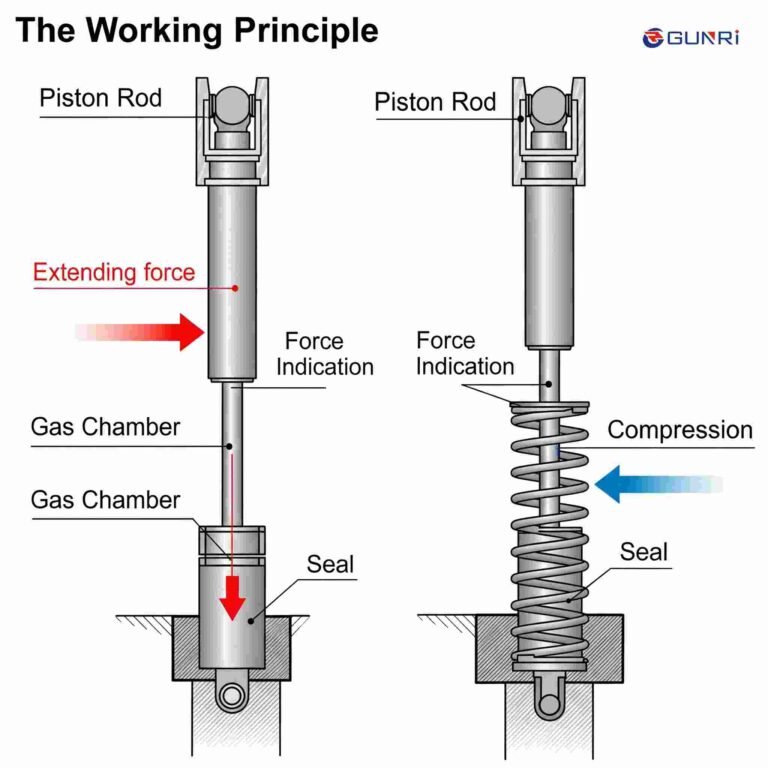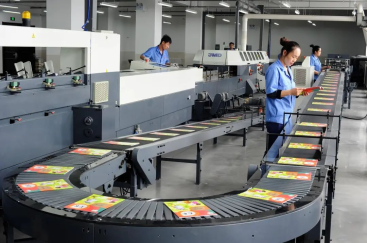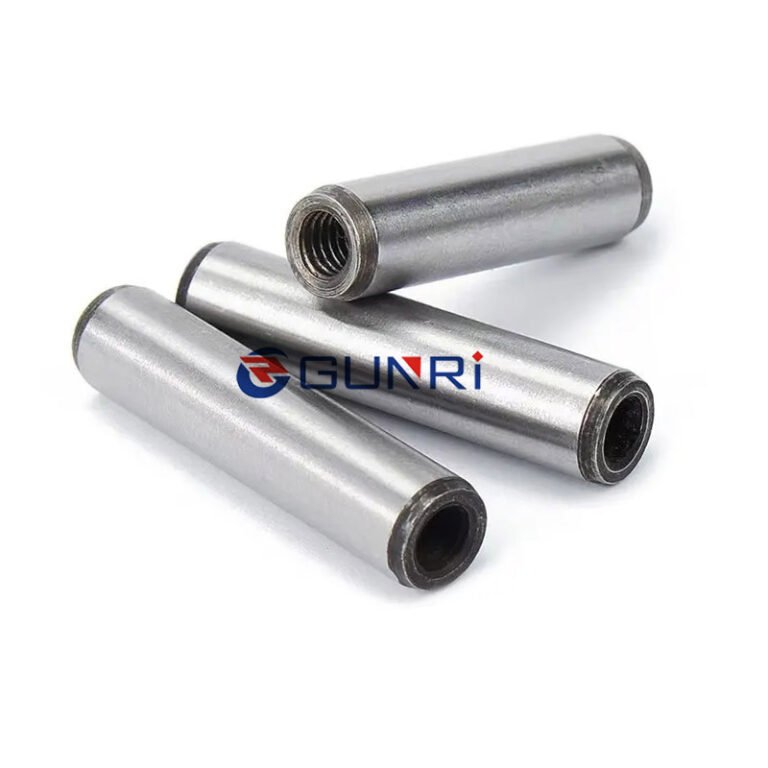Guide bushings are critical components in stamping dies, ensuring accurate alignment and smooth movement of stripper plates. Selecting the right type of bushing directly impacts die life, maintenance cost, and production efficiency.
A frequent question among tool designers and maintenance engineers is: Which type of guide bushing lasts longer—oil-lubricated or self-lubricating?

Oil-Lubricated Guide Bushings
Working principle: Depend on an oil film to reduce friction.
Advantages:
- Low friction when lubrication is sufficient
- Suitable for high-speed, clean operating conditions
Limitations:
- Require constant lubrication and maintenance
- Sensitive to contamination from scrap or dust
- Rapid wear if lubrication fails
Typical lifetime: Can be long in controlled, clean environments, but inconsistent in real stamping shops.
Self-Lubricating Guide Bushings
Working principle: Made of bronze or steel with embedded solid lubricants (graphite plugs) or polymer composites.
Advantages:
- Maintenance-free, no external oil needed
- Better performance in dirty or dusty stamping conditions
- Reliable under heavy load and intermittent motion
Limitations:
- Slightly higher friction in high-speed continuous running
Typical lifetime: More stable and predictable in stamping environments, often outlasting oil-lubricated bushings in real production.
Which Lasts Longer in Stamping Dies?
- In high-speed, clean, and well-maintained environments, oil-lubricated bushings may achieve longer life.
- In progressive dies, dusty shops, or where maintenance is limited, self-lubricating bushings generally provide longer service life and higher reliability.
Conclusion
The service life of a guide bushing depends not only on design but also on the operating environment. For most stamping dies, self-lubricating bushings reduce maintenance and deliver more consistent performance, making them the preferred choice for modern tooling.
At GUNRI, we provide both oil-lubricated and self-lubricating guide bushings to meet different die requirements.




